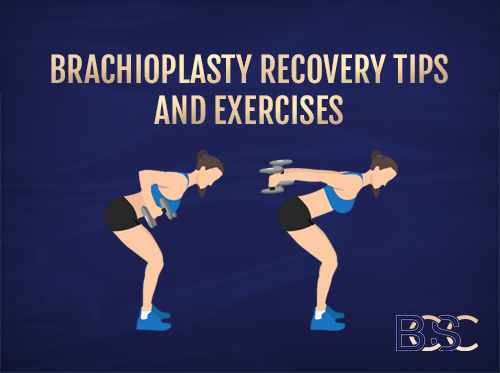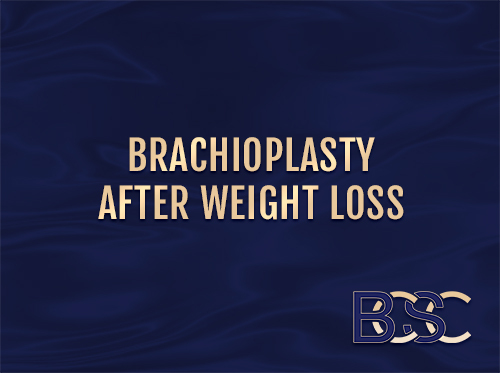The Dangers of Swimming After Brachioplasty Surgery
After Brachioplasty surgery, swimming in prohibited for three to six weeks or until the incisions are completely healed. Swimming in any type of environment, whether salt water or chlorinated pools, can introduce contaminants that might delay wound healing.
Top 3 Dangers of Swimming After Brachioplasty Surgery
Here is why Brachioplasty patients shouldn’t swim for several weeks after a brachioplasty procedure.
Swimming increases the chance of a wound infection
Submerging in water can raise the risk of infection after surgery. Even chlorinated water potentially contains bacteria that can invade an open wound. Skin infections not only compromise patient health. They could also make the final brachioplasty scar look worse than it should. Until the Brachioplasty incision heals, it’s better to stay on dry land.
Hot water can worsen swelling in the arms.
While soaking in a hot tub sounds like a relaxing way to de-stress after surgery, exposure to heat can worsen swelling. The more swelling in the arms, the more discomfort a brachioplasty patient is likely to experience.
Vigorous swimming can slow the healing process.
Although light exercise promotes healing, strenuous workouts can increase pain and swelling in the first weeks after brachioplasty surgery. Strenuous physical activity can also cause the incision to re-open, a complication known as wound dehiscence. Intensive water sports, vigorous activity, and heavy lifting should not resume until the surgeon says it is okay.
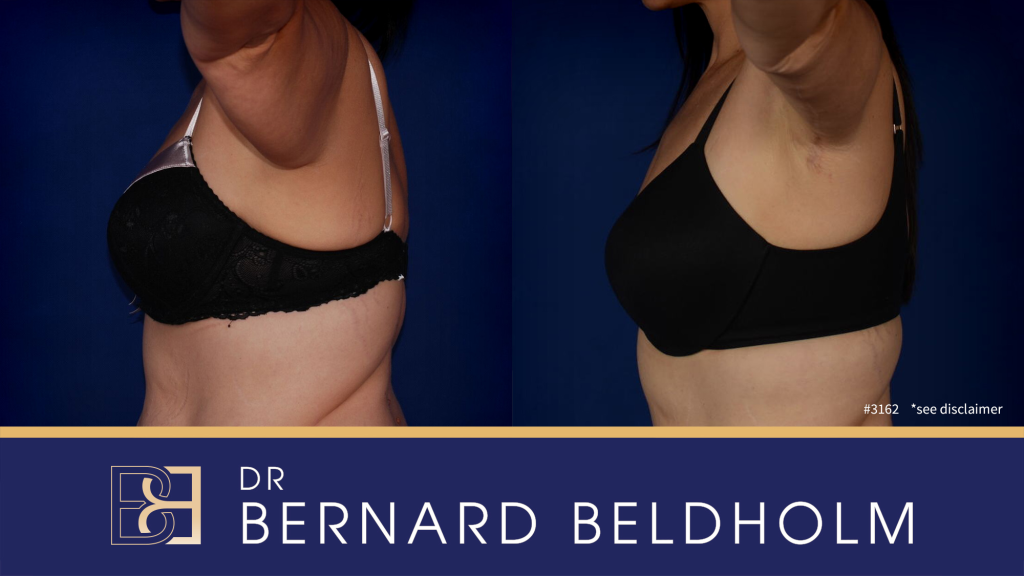
Disclaimer: Operation performed by Dr Bernard Beldholm. Adult content, surgery has risks; individual results vary, seek 2nd opinion. Please see the full disclaimer.
How long after a brachioplasty lift can I swim?
Swimming is a great way to maintain a toned body after surgeries that remove excess skin after massive weight loss. However, it is unsafe to dip in the pool or swim in the ocean immediately after an brachioplasty. The initial post op recovery period can last three to six weeks. During this time, swimming and hot tubs are off-limits.
Bathing and Showering After a brachioplasty
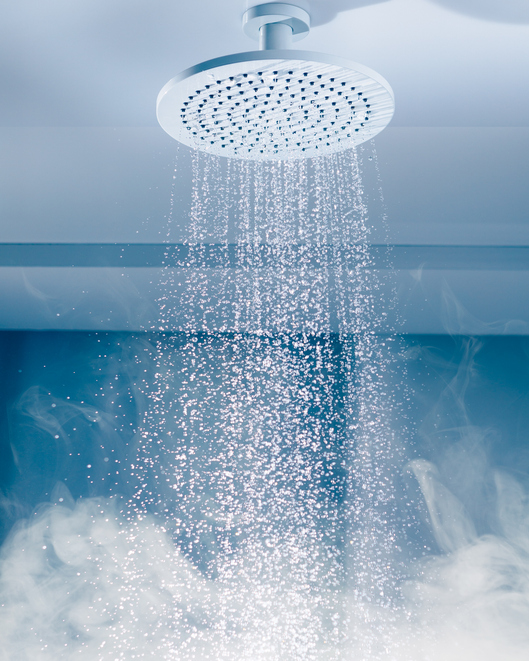
Brachioplasty patients are generally advised to take brief showers and avoid submerging the wound for approximately a week after surgery. If the surgeon applies a PICO negative-pressure dressing, the dressing and battery pack cannot get wet. Baths are to be avoided entirely for three to six weeks, or until cleared by the surgeon.
Waterproof Bandages
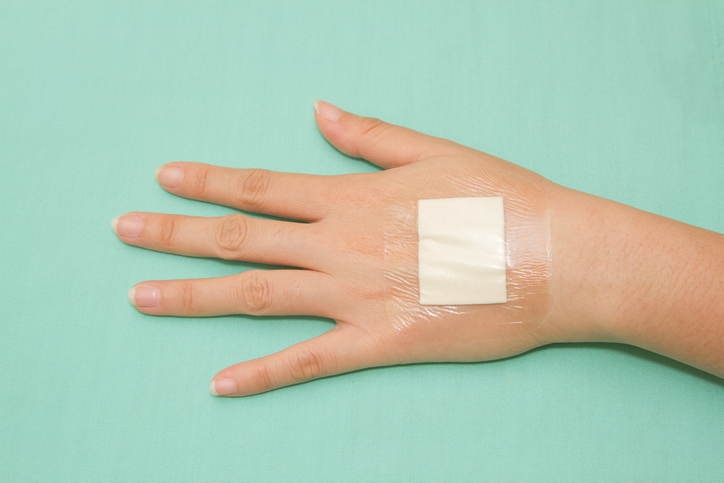
Water-resistant bandages and waterproofing adhesives are mainly used to protect small wounds from contamination while bathing or swimming. Brachioplasty patients mustn’t swim or bathe until cleared by their surgeon due to the size and depth of the incision.
FAQs
Is swim in chlorinated water allowed after brachioplasty surgery?
Patients must avoid chlorine pools for several weeks after brachioplasty. Chlorinated water is relatively clean but may still contain bacteria that can infect the brachioplasty wounds. If an infection occurs, it can lead to serious complications and may worsen the final scar appearance.
How long after surgery can you swim in a pool?
Swimming is off-limits until the incision has completely healed. Most surgeons advise against swimming in pools (both salt water and chlorinated pools) for up to 6 weeks after surgery. Hot tub baths must also be avoided for several weeks since heat can make swelling worse after the operation.
Should compression garments be removed when swimming?
You will be wearing compression garments for 4 weeks and then another 2 weeks half time. The compression garments should be off by the time you are allowed to swim. You would normally remove the compression garment before showering or swimming.
How long do you have to wear compression sleeves after brachioplasty?
Most patients wear a compression garment for up to 6 weeks after brachioplasty surgery, although the exact length of time can vary. Always follow the postoperative instructions provided by your surgeon.
Why can’t you swim after surgery?
Water contains contaminants that can lead to a post operative infection. This is true even of chlorinated water. After leaving the hospital, you must give swimming a break for up to 6 weeks.
When can I shower after leaving the hospital?
If you have a PICO wound dressing placed on the incisions, the PICO dressing and battery pack cannot get wet. Patients are usually cleared to have a full shower a week after a brachioplasty. Remember, each patient is unique. Many factors, like age and health, play roles in individual aftercare planning. Your doctor will tell you when it is okay to shower or bathe as normal.
How soon can I take a bath after a brachioplasty?
After one week, showers are usually allowed, but baths must be avoided until the incision site heals. Bathing in hot water can exacerbate arm swelling and inflammation.
Can I swim 1 month after surgery?
Some surgeons allow their brachioplasty patients to swim a month after surgery, while others advise waiting 6 weeks. Consult with your surgeon individually, as everybody is different.
When can you submerge an incision after surgery?
It is usually allowed to submerge the incision once the stitches have either been removed or dissolved and the wound has healed fully.
Can you go swimming 8 days after surgery?
You should not swim eight days after brachioplasty. Going for a swim too soon can delay healing of the wounds and lead to other complications.
Is swimming good for blood circulation?
Swimming can interfere with blood flow, but must be avoided until the surgical incisions heal.
Can I wear clothes in the pool to protect my incision?
Wearing clothes won’t prevent bacteria and other contaminants from infecting a healing wound.
Can you swim in a chlorinated pool with stitches?
Chlorine pools are a no-go until the stitches dissolve or are removed by the surgeon. Most brachioplasty patients have their sutures removed after the first week post operative, although they still must wait the recommended three to six weeks before taking a swim.
How long after surgery can you swim in chlorine?
Swimming in chlorine water is generally allowed once the brachioplasty wound heals, typically three to six weeks after the surgery.
Is arm pain normal while swimming after the procedure?
Many patients experience soreness and aching as they heal from brachioplasty. The worst of it is usually over within a week or two. Surgeons often prescribe pain medication to brachioplasty patients. Once the surgeon allows you to resume swimming, it is important not to overexert yourself until your arms are fully healed. If you experience significant pain while doing any normal activity, take a break and notify your surgeon if the pain or swelling worsens.

